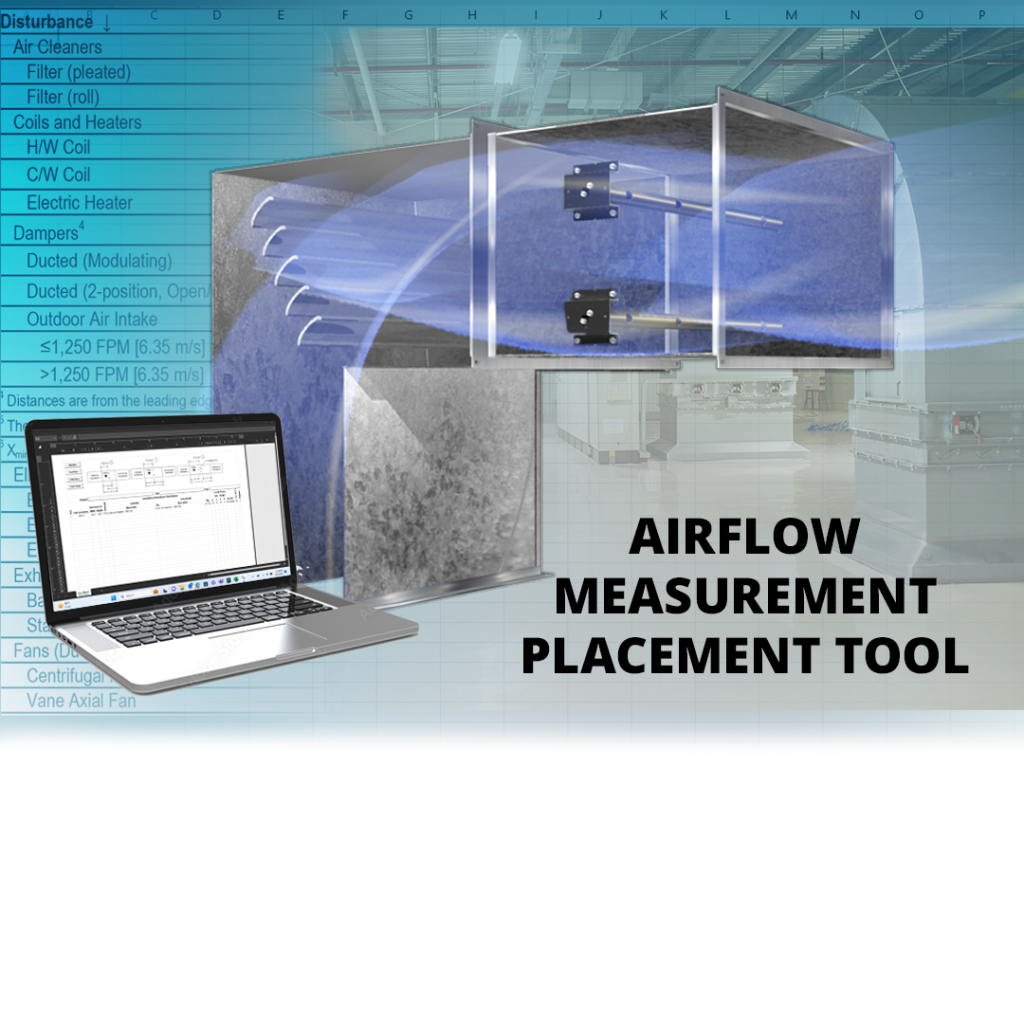Monitor airflow limits
Validate code required ventilation
Create sustainable buildings
After a building obtains a certification of occupancy from code enforcement, no authorities are responsible for monitoring indoor air quality. However, the IMC, UMC, and Title 24 codes mandate the design and commissioning of outdoor airflow rates. Monitoring flow rates not only helps minimize liability but also optimizes energy consumption. By monitoring and controlling the airflow, you can ensure it operates efficiently, allowing you to identify and address potential issues. Fluctuations in fan speed or malfunctioning dampers can lead to imbalanced air distribution, resulting in inadequate conditioning. External factors such as wind and stack pressure can exacerbate these problems. Monitoring is crucial for both recirculating air handling and dedicated outdoor air systems. These systems are capable of detecting over 50% discrepancies from the desired setpoint in outdoor air ventilation rates. An audible alarm will sound when airflow falls below the designated set point. By monitoring airflow, you can identify these discrepancies early and take corrective action to prevent energy wastage and occupant discomfort.
Airflow monitoring is crucial for optimizing HVAC systems in buildings. By analyzing airflow rates over time, you can adjust system settings like fan speed and damper positions to improve energy efficiency and reduce operational costs. The EBTRON thermal dispersion airflow measurement station is an excellent tool for this purpose, as it comes equipped with a rugged relative humidity sensor, an onboard barometric pressure sensor, and a velocity-weighted temperature sensor. This allows for accurate relative humidity, enthalpy, and dew point calculations. Additionally, the device supports BACnet and Modbus communication protocols, which provide gradual trending data to the cloud for more in-depth analysis. This data can help make operational decisions for IAQ, energy efficiency, and maintenance. Only EBTRON provides this dual capability. The EB-Link App lets you easily view airflow measurement data, including temperature, humidity, enthalpy, dewpoint, and other parameters for all EBTRON Gold Series products. The app also allows real-time and traverse data to be stored on your phone and emailed as a text file. This tool enhances TAB and commissioning or provides quick validation anytime without going through the BAS. With its exceptional product features, connectivity options, and alarm capability, EBTRON is the best choice for high-performance buildings.


© 2023, EBTRON, Inc.
